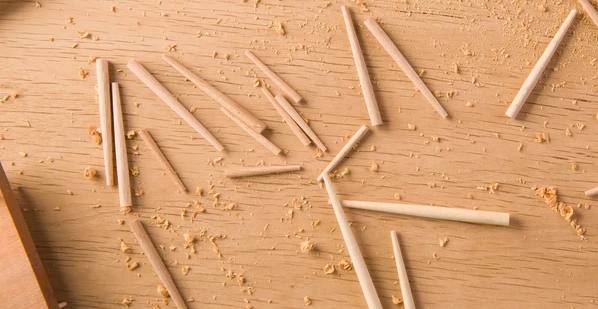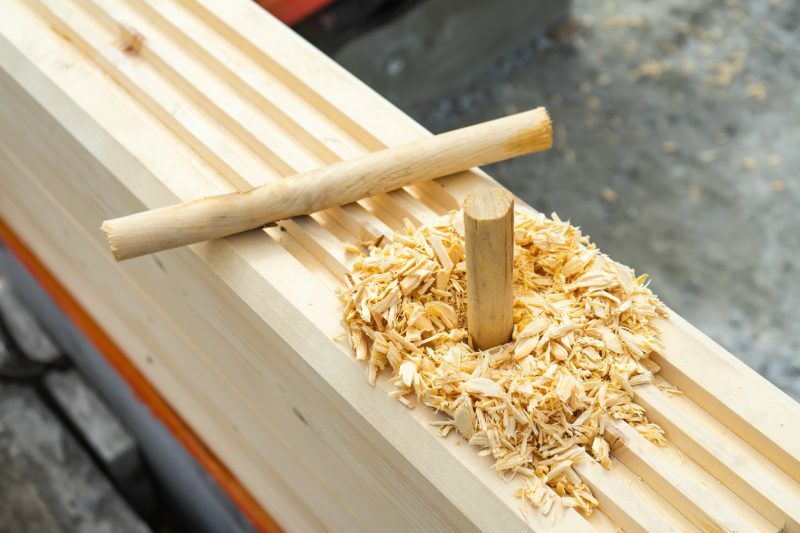The question of how wooden nails were called in ancient Russia is still open to modern historians. There is an assumption that they were named differently, depending on the purpose for which they were used. So, these products were used in the manufacture of shoes and fastening parts of buildings made of wood. The names, we note, were quite unusual.

@ japanesetools.com.au
The content of the article
- What is the name of a wooden shoe nail
- Wooden nails for outbuildings
What is the name of a wooden shoe nail
In those days, people made shoes from what was at hand. For example, the sole was attached to the head (the so-called upper part of the shoe) using small sharp sticks made of wood, sharpened in a special way. It is noteworthy that such shoe nails did not have a cap, but they were driven in quite carefully, since they could easily break in the process.
Sharp tips made these miniature fasteners look like knitting needles, only made of wood. However, over time, the name was simplified, and among the people, shoe nails began to be called "matches".
The name stuck and accompanied people for many centuries. Surprisingly, even today in remote villages you can hear the word "matches" from a grandfather who has seen his life. At the same time, he will talk about shoe nails, and not about those wooden sticks with a flammable head, to which we are accustomed.

@ m.outdoorrevival.com
Wooden nails for outbuildings
We all know that huts were built in Russia without a single nail. However, this statement is not entirely true. Nails were used, but very specific: they were wooden and outwardly resembled small neat sticks.
These fasteners had several names.. Historians know the following:
- skolotin;
- stencil;
- nog.
For their manufacture, certain types of wood were used, most often maple, pine, oak, birch.
Such fasteners looked simple. They were round or rectangular pins used to connect the logs in the frame.
A person far from carpentry, most likely, will not notice the difference between a dowel and an ordinary small bar of an elongated shape. but in ancient times, making a wooden nail was a real art, and the observance of the correct thickness and the required length became especially important. Such fasteners were used not only in the construction of wooden houses. They were often used in shipbuilding.
By the way! Nowadays, a wooden dowel is also used in the construction of baths, wooden outbuildings. In addition, today a metal dowel is widely used, although experienced craftsmen call such a fastener unreliable due to the tendency of many metals to corrode.
Despite the fact that wooden nails may seem like a curiosity today, they were a common building material in ancient times. They were called differently, but every carpenter in Russia knew what to do with such a fastener.
Such historical information will not interfere with us at all: when we know at least a little of what we lived our ancestors, we develop spiritually and learn to appreciate the achievements to which humanity has come today. An important skill, isn't it?
Subscribe to our Social Networks